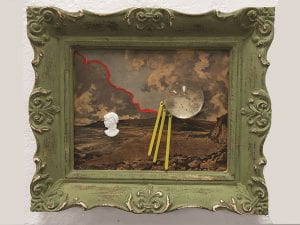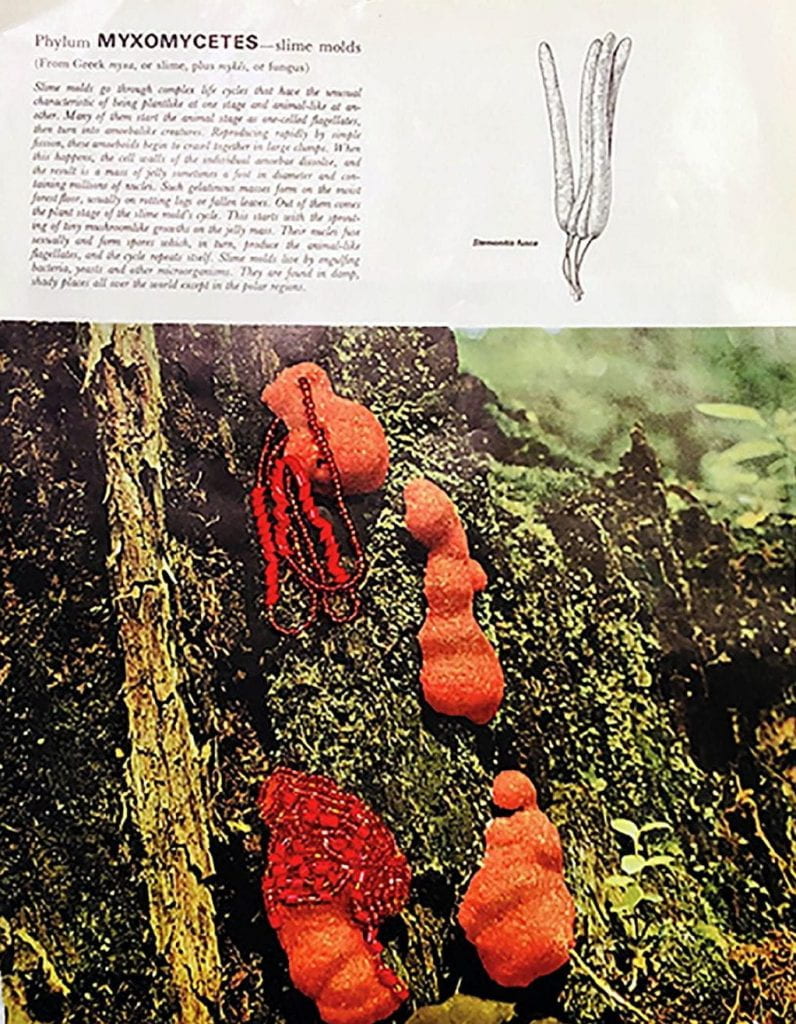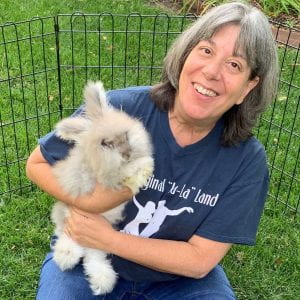
A silver lining is a sign of hope or bright prospect that surfaces in an unfortunate or gloomy situation. Silver Linings is a theme that has continually surfaced for me in my encounters with COFAC faculty and staff this past semester.
Being a new dean, I’ve been getting to know faculty and staff and, in nearly every meeting, I have heard people use the phrase “silver linings” to describe wonderful unanticipated moments in the remote classroom, virtual mentoring sessions with truly wise students, and the many ways the COFAC community is rising to meet this challenge. While the stories are different – it is clear there are lessons we’ve learned and gifts we’ve been given as we continue to navigate life and work in this global pandemic.
My own silver lining story involves my highly complicated move across the country to Baltimore during COVID. I will spare the details but will say that this move started in late June and involved not one, but two drives from Albuquerque to Baltimore, three dogs, a 22-foot camper, four Angora bunnies, my spouse, a water main break and a lot of house plants. Moving is rough in normal times, but the added dimension of COVID made it all go “boom” rather swiftly.
When I accepted the job as Dean of COFAC (pre-COVID), I had originally planned a year of commuting. There was a direct flight from Baltimore to Albuquerque and I could come and go, earn a lot of airline miles, and get to attend many family functions. Top of my list was the mid-August family dinner to celebrate our granddaughter’s 4th birthday. (She appears here as Wonder Woman).
It was hard to say goodbye to that little one, but I had a new job to get to and a new city to learn. I drove here in June, with my 5-month old puppy for company, and immediately began to acquaint myself with COFAC and TU. It didn’t take long for me to know I had made the right choice to come here – but I also began to miss my home, my family, and well, my LIFE.
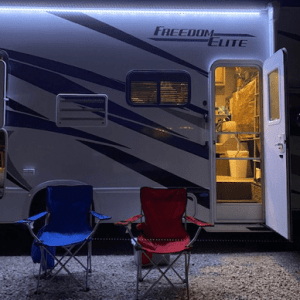
Fast forward through 12 weeks of a COVID summer. While I had the pleasure of living with good friends nearby, I never made it to that 4th birthday party; and, like so many others, my pre-COVID plans went out the window. Instead, we sold our house in Albuquerque and bought a wonderful historic home one mile from my desk in the dean’s office at COFAC. I flew back home to get my wife and we packed as much as we could (including 4 English Angora Rabbits) in a 22-foot camper known affectionately as Estelle (named after the late, great, American actress, Estelle Getty) and we all hit the road in September for my second drive across the country. Here is a photo of Estelle parked at our campsite in Stafford, Missouri.
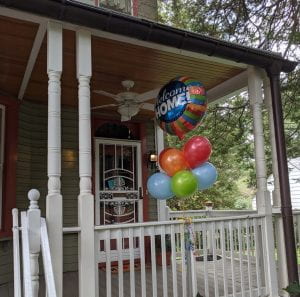 While the trip across the country was exhausting, I was able to work in the camper during the day using my MIFI hotspot, and aside from a sometimes-bumpy ride, I was able to stay on schedule. We lived in the camper for three weeks in the yard of our new empty home as we awaited the arrival of our belongings. The long-awaited day our 200 boxes, beds and chairs arrived also came with a water main break in the neighborhood that left us without water for 36 hours. So – yin and yang; joy and disappointment; opportunity and threat – a nearly manic flux has been constant in this move. My silver linings: a camper named Estelle, a beautiful old house, and the knowledge that there is a Wonder Woman in all of us.
While the trip across the country was exhausting, I was able to work in the camper during the day using my MIFI hotspot, and aside from a sometimes-bumpy ride, I was able to stay on schedule. We lived in the camper for three weeks in the yard of our new empty home as we awaited the arrival of our belongings. The long-awaited day our 200 boxes, beds and chairs arrived also came with a water main break in the neighborhood that left us without water for 36 hours. So – yin and yang; joy and disappointment; opportunity and threat – a nearly manic flux has been constant in this move. My silver linings: a camper named Estelle, a beautiful old house, and the knowledge that there is a Wonder Woman in all of us.
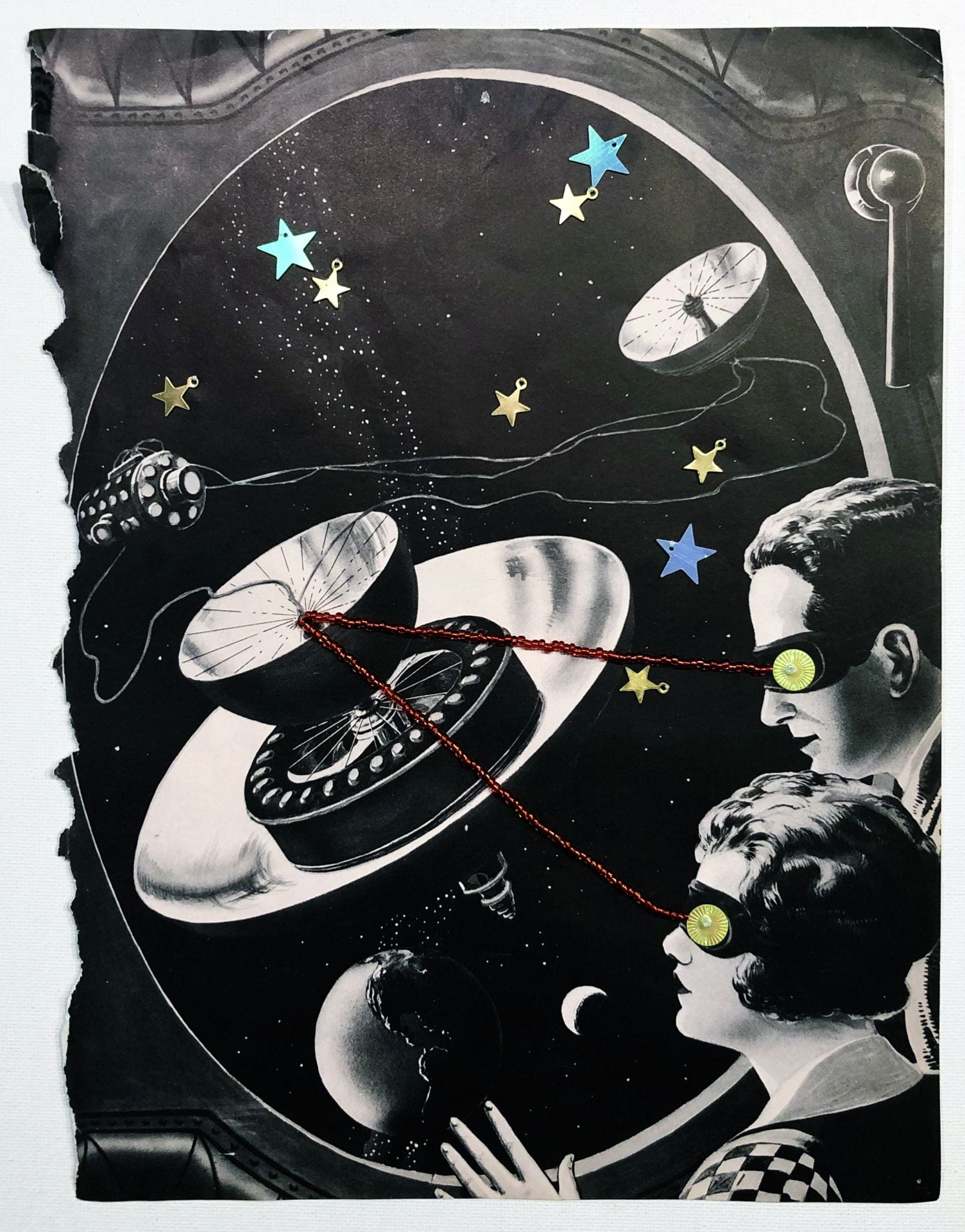
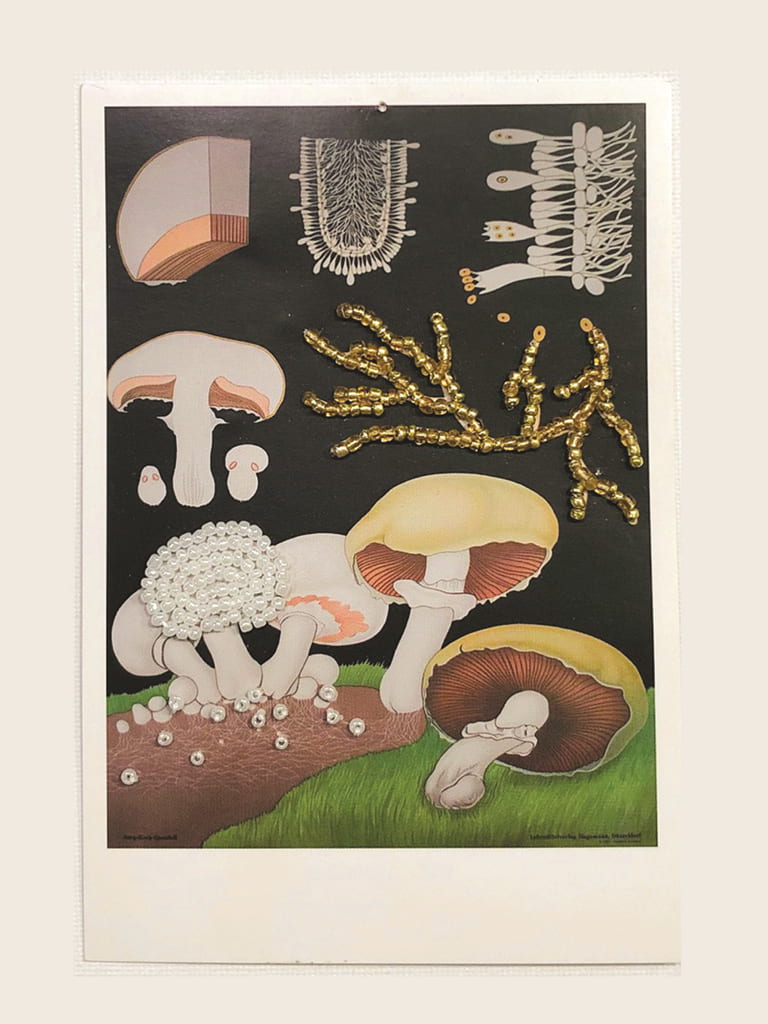
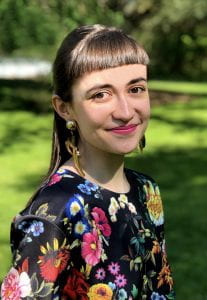 history. She recently became the recipient of the very competitive Undergraduate Research and Creative Inquiry grant from TU. Check out what Jackie will be doing this summer.
history. She recently became the recipient of the very competitive Undergraduate Research and Creative Inquiry grant from TU. Check out what Jackie will be doing this summer.